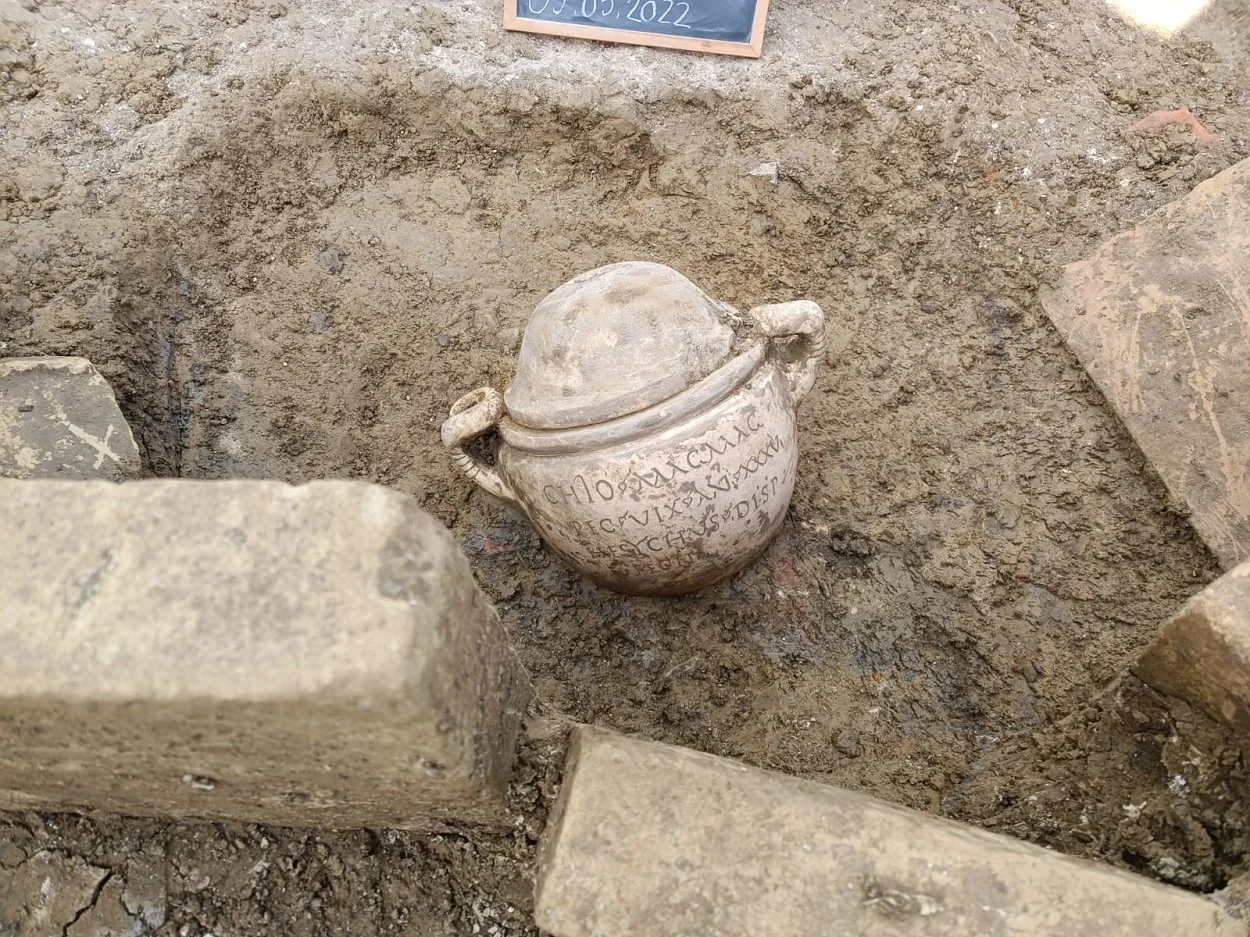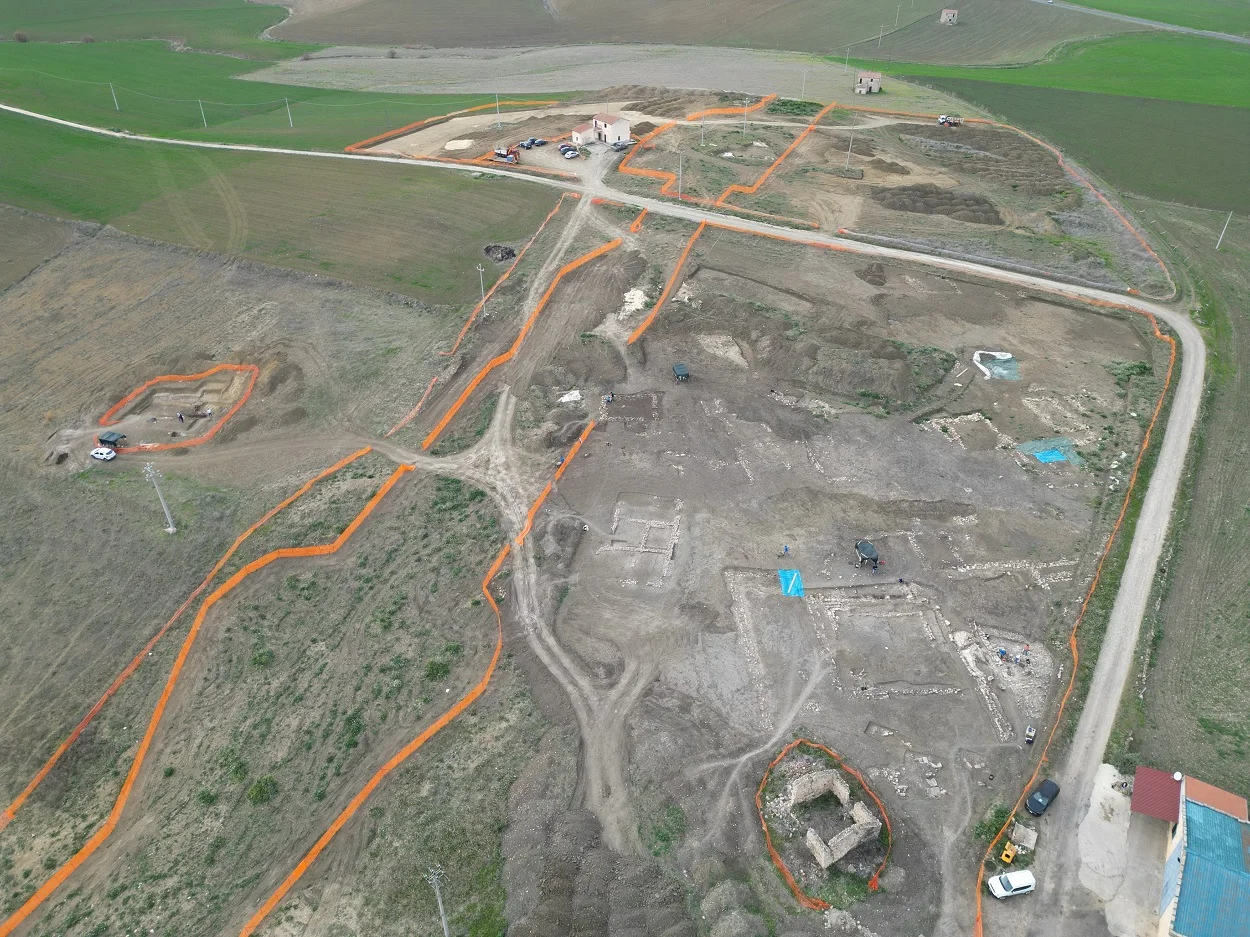Archaeologists have discovered a Roman settlement and cemetery during works on the Palomba-Catenanuova route in Sicily.
The Palomba-Catenanuova route is a rail link currently under modernisation to connect northern and eastern Sicily with the interior via high speed trains.
Excavations conducted by the engineering firm, Italferr, have revealed a large Roman settlement dating to the mid-1st and the 3rd century AD, and an extensive Roman necropolis.
The settlement is located on the summit of a hill overlooking the Dittaino river and is centred on a large villa complex (villa rustica) associated with agricultural activity. Excavations have unearthed a central room with three ambulatories, indicated by traces of collapsed roof material.
To the west of the settlement lies a large necropolis, where archaeologists have identified at least 168 burials. These burials indicate a highly stratified society, featuring monumental tombs and pit burials set within tile-constructed tombs.
One of the notable tombs is a bastum (mound grave) which contained funerary offerings of five necklaces, two gold rings, and a cinerary urn made from Carrara marble.

The urn has an inscription dedicated to the “Magnus Magister Pecoris,” an official responsible for overseeing sheep breeding, along with another inscription mentioning a “dispensator” who gave the urn to the deceased.
A survey to the east of the settlement has also found evidence of possible cult activity, indicated by traces of burnt animal bones in alternating layers of burnt and alluvial deposits. This is supported by the discovery of oscilla masks, which were hung as offerings to various deities in connection with festivals and ceremonies.
Header Image Credit : Italferr
Sources : Italferr







